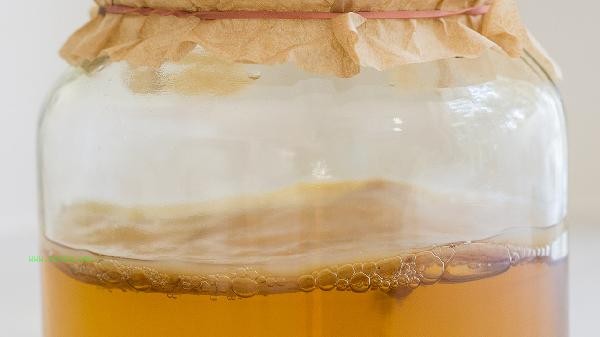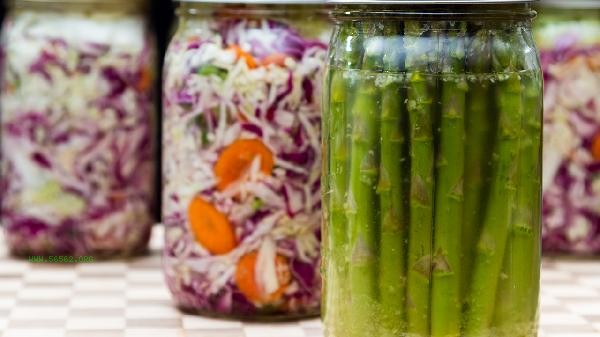Fruit enzyme residue is generally edible, but it depends on the fermentation process and the safety of the raw materials. Enzyme residue that is not moldy and made from safe ingredients is rich in dietary fiber and probiotics, and can be consumed directly or processed for a second time; If fermentation is improper or raw materials are contaminated, they may contain pathogenic bacteria or toxins, and are not recommended for consumption.

Fruit enzyme residue is the pulp and fiber residue that is not completely decomposed during the fermentation process. After sugar soaking and fermentation of fresh fruits, the residue will soften and produce some probiotic metabolites, such as lactic acid bacteria. This type of residue contains a high amount of dietary fiber, which can promote gastrointestinal peristalsis and help improve constipation to some extent. The dregs can be added to yogurt, oatmeal Congee, or dried at low temperature to make coarse grain biscuits. Attention should be paid to selecting raw materials that are free from decay and pesticide residues for enzyme production, and the fermentation container should be strictly disinfected.

Some enzyme residues may pose safety hazards. Homemade enzymes are prone to bacterial contamination due to improper temperature control, producing harmful substances such as methanol or nitrite. When using fruits containing fruit pits such as cherries and apples, cyanide glycosides may remain in the residue. Excessive fermentation time or poorly sealed residue can breed mycotoxins that are difficult to distinguish with the naked eye. People with weak gastrointestinal function may experience adverse reactions such as bloating and diarrhea after consumption.

Before consuming enzyme residue, its color and odor should be observed. Normal residue should be the original color of the raw material and have a mellow aroma. If it turns black, sticky, or has a moldy smell, it should be discarded. It is recommended that first-time users consume a small amount, and those with indigestion can choose to boil and sterilize the residue before use. Daily storage should be refrigerated and consumed as soon as possible to avoid the risk of nutrient loss or spoilage. Special populations such as pregnant women, children, and patients with chronic diseases should consume with caution under the guidance of a nutritionist.








Comments (0)
Leave a Comment
No comments yet
Be the first to share your thoughts!